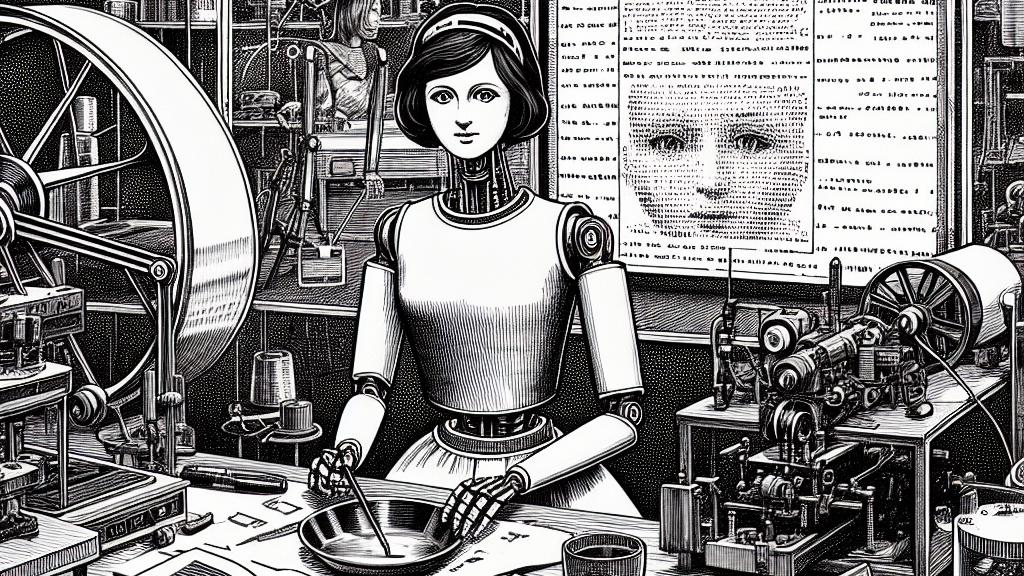The Enigmatic Contribution of a Female Secretary to the ELIZA Chatbot
Overview
- ELIZA, created in 1966 by Joseph Weizenbaum at MIT, is recognized as one of the first chatbots and a pioneering force in AI.
- A mysterious female secretary played a crucial yet largely uncredited role, profoundly shaping the development of this foundational technology.
- The phenomenon known as the 'ELIZA effect' highlights our tendency to attribute human-like traits to machines, provoking reflection on human-computer relationships.

The Groundbreaking Inception of ELIZA
In the vibrant environment of the Massachusetts Institute of Technology (MIT) during 1966, a remarkable innovation unfolded—the chatbot ELIZA, brought to life by the brilliant Professor Joseph Weizenbaum. This trailblazing program did more than just simulate conversation; it laid the groundwork for the interaction between humans and machines that we recognize today. With its ingenious ability to parse user input and generate contextually-appropriate responses using a series of pre-defined templates, ELIZA created the illusion of a sentient conversational partner. While it may seem rudimentary by today’s standards, it was nothing short of revolutionary at the time. In fact, during various Turing Tests, ELIZA not only amazed participants but often left them questioning whether they were indeed conversing with a human being. This unexpected depth in its interactions gave rise to the 'ELIZA effect,' a psychological phenomenon where users emotionally connect and attribute human-like characteristics to the chatbot, thereby transforming their understanding of technological engagement.
The Intriguing Influence of an Unknown Secretary
One of the most captivating mysteries surrounding ELIZA is the profound influence of a female secretary, whose contributions have often been overshadowed. According to Rebecca Roach’s research, this unnamed woman closely observed Weizenbaum, watching as the chatbot took shape. Her engagement reached a pivotal moment when she, aware of ELIZA's artificial nature, requested Weizenbaum to step out of the room during her interaction with the program. This moment speaks volumes about the psychological bond that users can form with technology. It raises fascinating questions: What drives us to connect so deeply with a machine designed simply to mimic conversation? Weizenbaum himself expressed concerns about this phenomenon, fearing that users might misconstrue ELIZA's capabilities as something akin to human intelligence. Thus, this secretary's involvement wasn't merely ancillary; it sparked critical conversations about ethics and the emotional dynamics of human-computer interactions.
The Legacy of Unrecognized Contributors
Sadly, the legacy of this female secretary remains lost to time, reflecting a persistent issue in the history of technology—where the contributions of women are too often overlooked. Roach's dedicated search through MIT's archives, though thorough, turned up little evidence to uncover the identity of this influential figure. Her plight mirrors that of countless women in technology whose names have faded into obscurity, despite their significant roles in advancing computing. Consider the essential contributions of Ada Lovelace, often hailed as the first computer programmer, or Grace Hopper, who played a pivotal role in developing early programming languages. By celebrating these narratives, we not only honor their achievements but also emphasize the need for a more inclusive historical record in technology. Recognizing the diverse voices that have shaped our technological advancements enriches our understanding and ensures that future innovations reflect the breadth of human experience. Ultimately, every aspect of history is more vibrant when all contributors are acknowledged.

Loading...